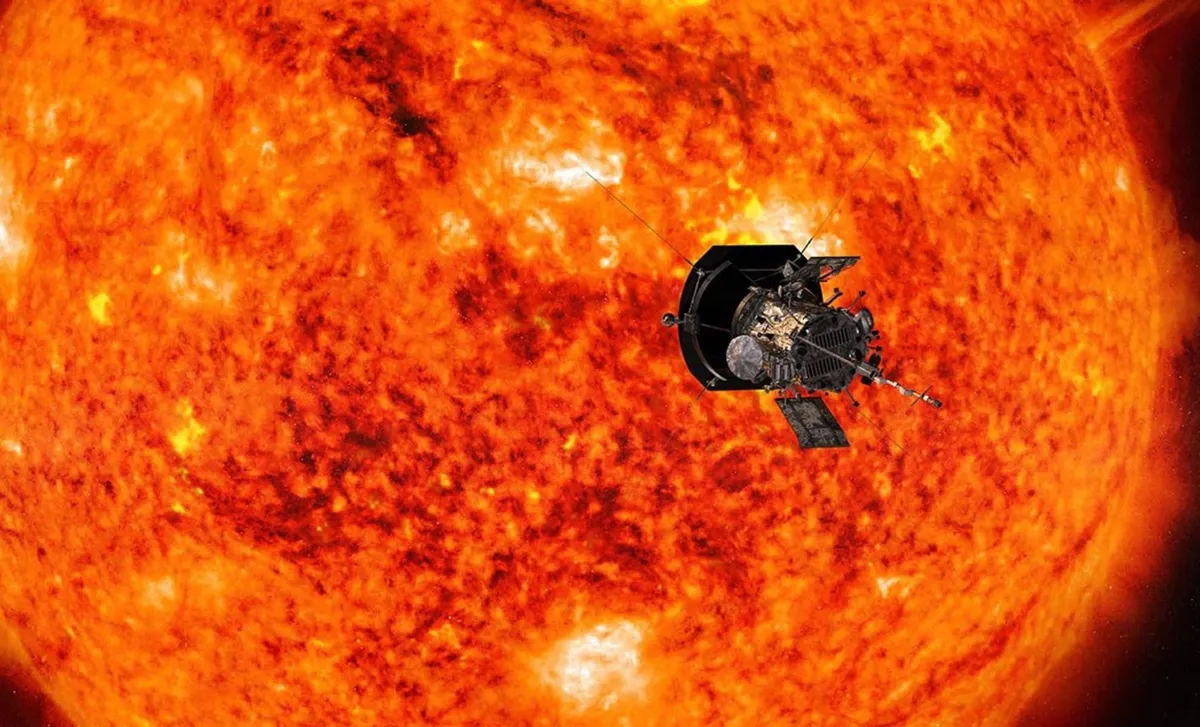
In a mission unlike any other, NASA’s Parker Solar Probe is making its closest solar approach to date. On Saturday, March 22, this groundbreaking spacecraft is set to dive into the Sun’s outer atmosphere, also known as the corona, at an unprecedented speed and distance. The probe will come within just 3.8 million miles of the solar surface while blazing ahead at a staggering velocity of 430,000 miles per hour—fast enough to cross the continental United States in about 20 seconds. This extraordinary maneuver marks the probe’s 23rd close solar encounter and is anticipated to yield a wealth of data that could help scientists unlock some of the most elusive mysteries of the Sun’s corona and the solar wind.
The milestone for the Parker Solar Probe was confirmed in a March 21 update from NASA’s official blog dedicated to the mission. As the mission team prepares to receive the spacecraft’s post-flyby transmission early next week, anticipation builds within the scientific community. This latest approach is particularly significant as it allows researchers to gather crucial information that may answer longstanding questions about our star.
The Parker Solar Probe has already made headlines with its historical closest-ever solar flyby back in December 2024, and this new approach will repeat that impressive feat. Once again, the spacecraft will plunge into the Sun’s corona, the scorching and superheated outer atmosphere that extends millions of miles into space. During its closest passes, Parker will operate autonomously, completely cut off from communication with Earth as it endures some of the most extreme conditions found in the solar system.
The spacecraft was last contacted on March 16, and mission controllers at the Johns Hopkins Applied Physics Laboratory expect to receive its next signal on March 25, following the completion of this flyby. Traveling at speeds nearly seven times faster than a space shuttle, the Parker Solar Probe is not just enduring the heat; it is actively collecting critical data from within the very atmosphere of our star.
Every one of Parker’s solar passes brings it closer to answering some of the most pressing questions in heliophysics. Key among these inquiries is: Why is the corona hotter than the Sun’s surface? Additionally, how does the solar wind—streams of charged particles—accelerate to such high velocities? The probe's four onboard instruments will measure magnetic fields, energetic particles, and plasma waves from deep within the Sun’s atmosphere—a realm that no previous mission has ever reached.
Thanks to data collected during its December 2024 flyby, researchers are already analyzing unprecedented insights regarding the origins and structure of the solar wind. This new flyby will not only validate earlier findings but may also uncover new patterns as the Sun approaches solar maximum—the peak of its 11-year activity cycle.
Surviving in such close proximity to the Sun is no small engineering feat. The Parker Solar Probe is equipped with a 4.5-inch-thick carbon-composite heat shield, designed to withstand temperatures nearing 2,500°F. Inside this protective barrier, the spacecraft's instruments operate at near room temperature, shielded from the violent and extreme solar environment just inches away. This engineering marvel underscores the commitment and ingenuity behind NASA's mission to explore our solar system's most enigmatic star.